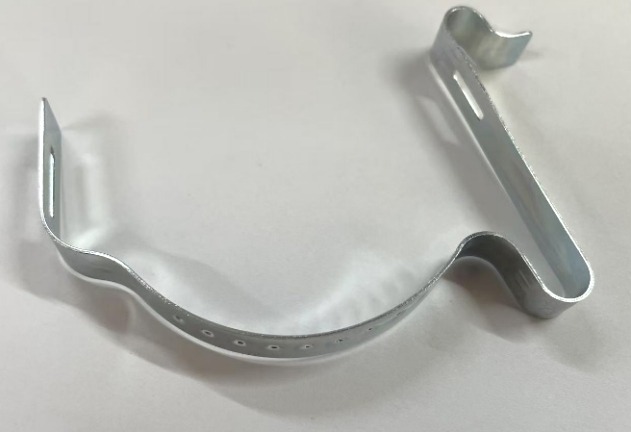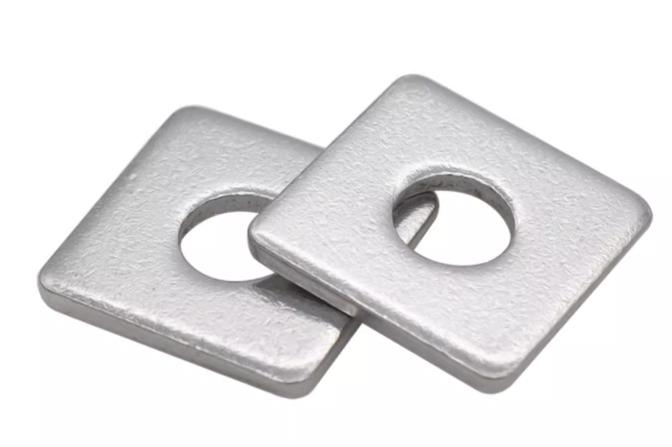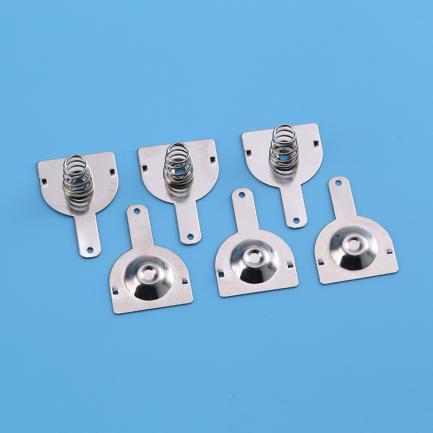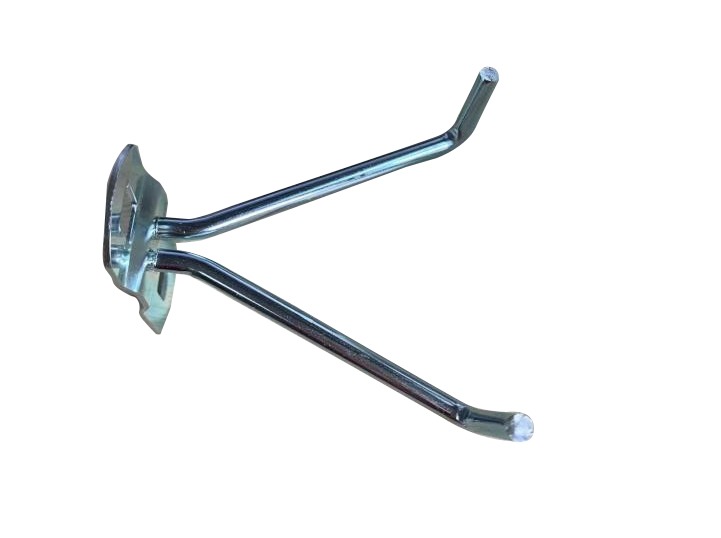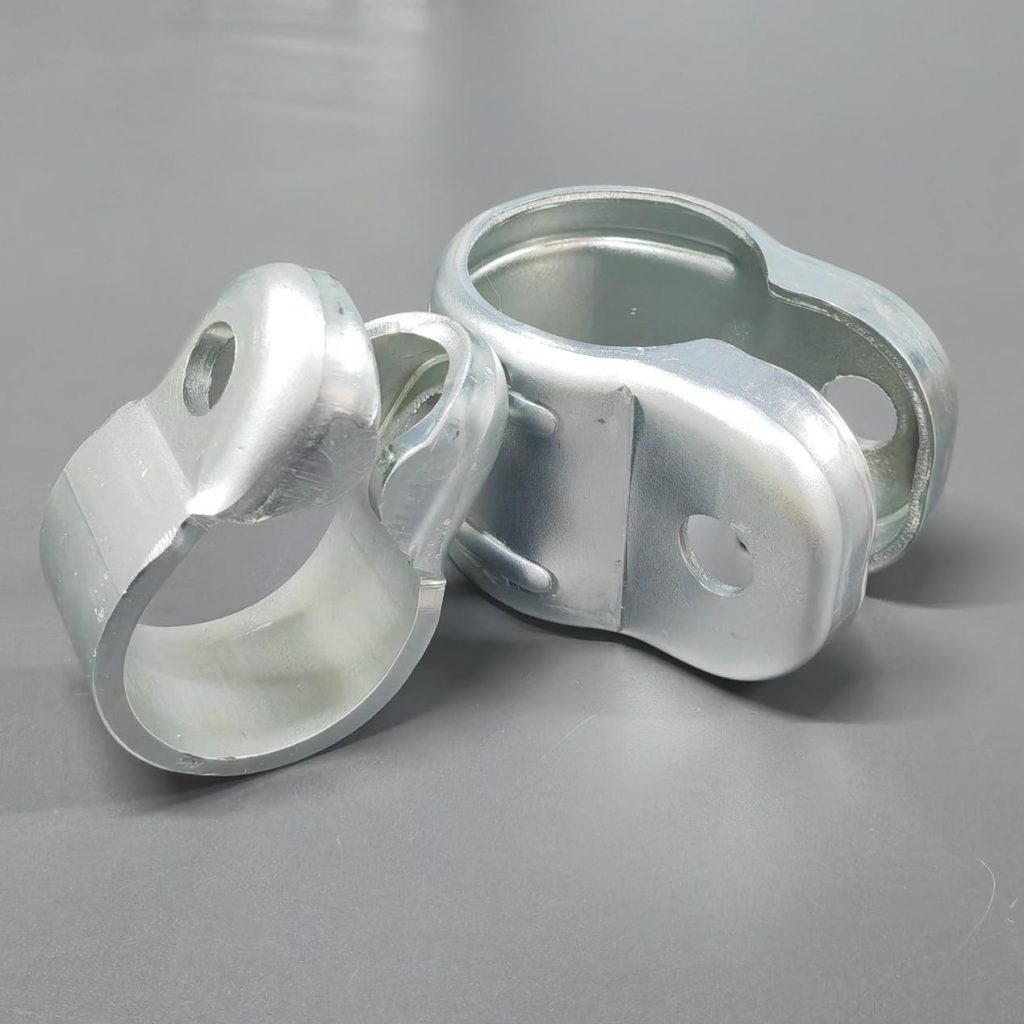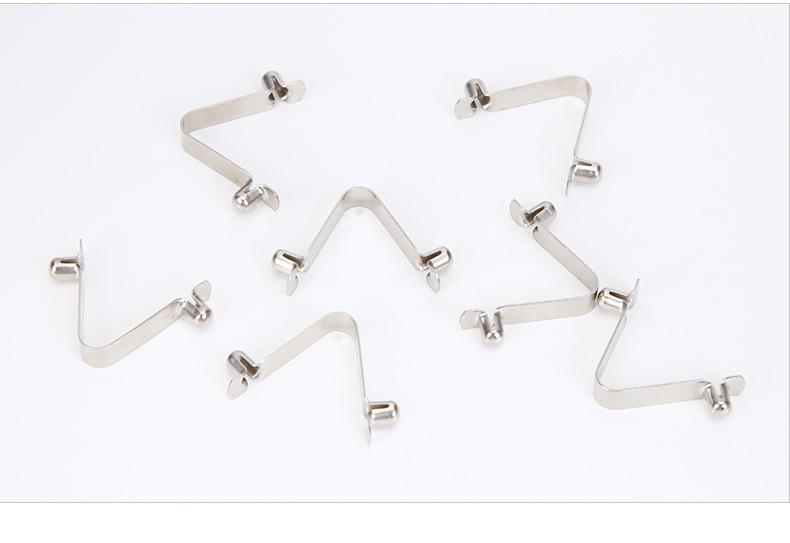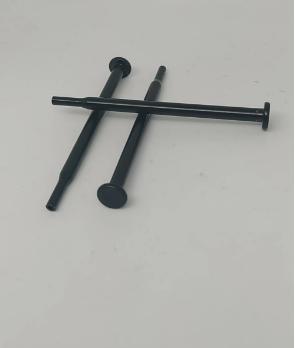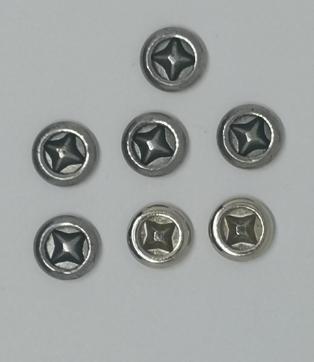The Difference Between Precision Stamping and Fine Blanking
Metal stamping is a fundamental metal forming process widely used in various industries. It involves using a die to punch or shear a specific shape from a sheet of metal. This versatile technique allows for the mass production of complex components with high repeatability. However, not all stamping processes are created equal. When tighter tolerances and superior quality are paramount, manufacturers turn to precision stamping and fine blanking. While both methods achieve superior results compared to traditional stamping, they have distinct characteristics and applications. This article delves into the key differences between precision stamping and fine blanking, allowing manufacturers to make informed decisions for their specific needs.
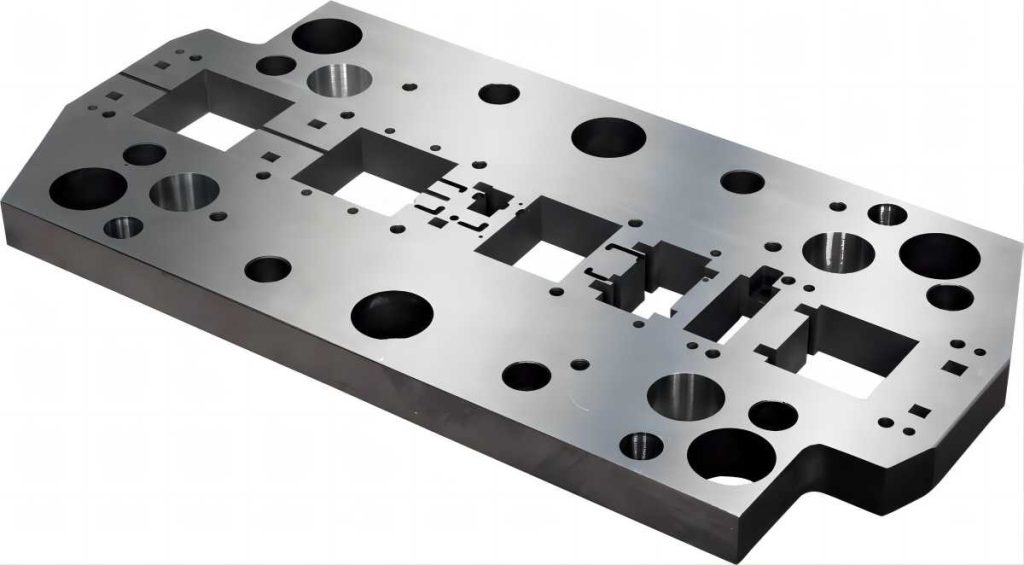
What is Precision Stamping?
Precision stamping signifies a category of metal stamping techniques specifically designed to achieve tighter tolerances and higher quality parts compared to standard stamping processes. It employs specialized tooling and techniques to minimize material deformation and ensure dimensional accuracy. Here’s a closer look at its key features:
- Tighter Tolerances: Precision stamping offers significantly tighter tolerances than regular stamping. This translates to parts with more precise dimensions, ensuring they fit together seamlessly and function as intended. Tolerance levels can vary depending on the specific technique employed and the material being formed.
- Improved Quality: Precision stamping minimizes material distortion and reduces the occurrence of burrs (raised edges left behind from the shearing process). This results in parts with a cleaner finish, improved surface quality, and enhanced functionality.
- Specialized Techniques: Precision stamping often utilizes techniques like laser cutting within the die itself to achieve intricate shapes with minimal material waste. Additionally, it may involve employing higher-grade tool steels to withstand the increased forming pressures required for tighter tolerances.
What is Fine Blanking?
Fine blanking is a specialized type of precision stamping that takes metal forming to the next level. It utilizes a more complex die design and a unique shearing action to achieve exceptionally smooth edges, minimal burrs, and the tightest possible tolerances on the finished part. Here’s what sets fine blanking apart:
- Shearing Action: Unlike standard stamping, which utilizes a punching motion that can cause tearing and distortion, fine blanking employs a shearing action. This involves a precisely controlled clearance between the punch and die that essentially shears the metal, resulting in a clean and precise cut.
- Minimal Burrs: Due to the shearing action and the use of a pressure pad to hold the material firmly in place, fine blanking minimizes burr formation. This eliminates the need for secondary finishing operations to remove these unwanted edges.
- Exceptional Edge Quality: The shearing action and tight clearances in the fine blanking process create parts with exceptionally smooth and clean edges. This is crucial for applications where surface finish is critical for functionality or aesthetics.
- Tighter Tolerances: Fine blanking achieves the highest level of dimensional accuracy among all metal stamping processes. This allows for the creation of parts with near-net shapes, minimizing the need for additional machining or finishing steps.
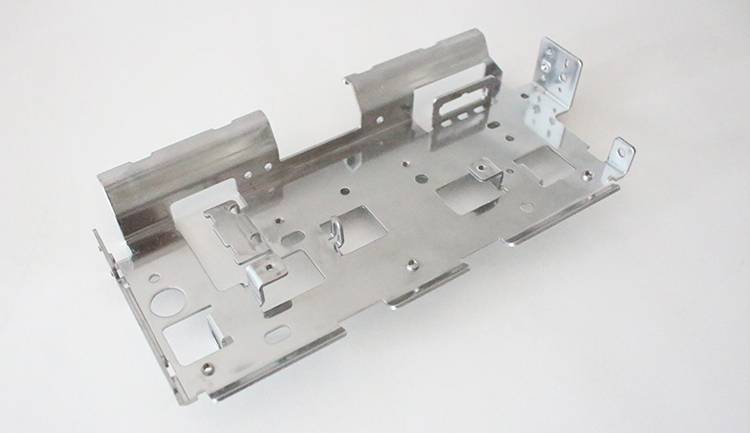
Key Differences Between Precision Stamping and Fine Blanking
While both precision stamping and fine blanking offer advantages over conventional stamping, they cater to distinct needs. Here’s a breakdown of the key differences for a clearer comparison:
| Feature | Precision Stamping | Fine Blanking |
| Edge quality | Improved over regular stamping | Very smooth edges, minimal burrs |
| Tolerance | Tighter than regular stamping | Extremely tight tolerances |
| Process complexity | More complex than regular stamping | Most complex type of precision stamping |
| Cost | More expensive than regular stamping | Most expensive option |
Application Differences Between Precision Stamping and Fine Blanking
When choosing between precision stamping and fine blanking, the key factor is the criticality of edge quality and dimensional tolerances. Here’s a breakdown of their application areas based on this distinction:
| Application | Precision Stamping | Fine Blanking |
| Electronics | Connectors (good conductivity), EMI/RFI shielding, Heat sinks (good surface area) | Connectors (exceptional edge quality), EMI/RFI shielding, Heat sinks (exceptional edge quality) |
| Automotive | Body panels (fit & assembly), Interior parts (aesthetics), Suspension components (tolerance) | Engine components (critical), Transmission parts (precision), Safety systems (critical) |
| Medical Devices | Housings & casings (improved finish) | Surgical instruments (clean cuts), Implants (precise dimensions), Stents (positioning & functionality) |
| Consumer Goods | Appliance parts (assembly & aesthetics), Hardware (fit & function), Consumer electronics (intricate shapes) | Watch components (exceptional edge quality), Pen clips (precise dimensions), Closures (intricate & precise) |
| Other Applications | Medical devices (limited), Construction (brackets & connectors), Aerospace (limited, non-critical) | Aerospace (high strength & weight critical) |
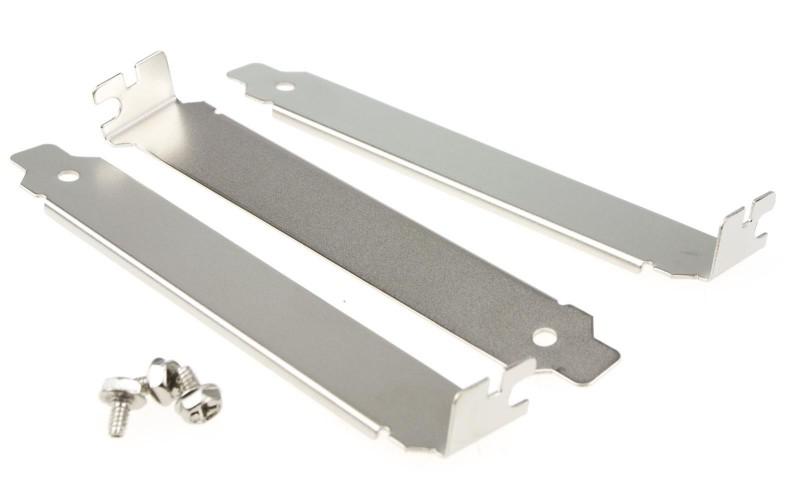
Choosing Between Precision Stamping and Fine Blanking
The choice between precision stamping and fine blanking depends on several factors specific to the manufacturing project. Here’s a breakdown of considerations to guide your selection:
- Production Volume: Precision stamping is a more cost-effective option for higher production volumes. The increased setup time and complexity of fine blanking make it less suitable for large-scale production runs.
- Required Edge Quality: If your application demands parts with exceptionally smooth and burr-free edges, fine blanking is a clear choice. Precision stamping offers improved edge quality compared to standard stamping, but it might not meet the stringent requirements of certain applications.
- Tolerance Requirements: When extremely tight tolerances are crucial for part functionality or assembly, fine blanking is the preferred method. Precision stamping can achieve tighter tolerances than standard stamping, but it may not reach the level of precision offered by fine blanking.
- Budget: Fine blanking is the most expensive option due to the complex tooling and slower production speeds. If budget constraints are a major factor, precision stamping might be a more viable option, especially if it can still meet the required quality and tolerance levels.
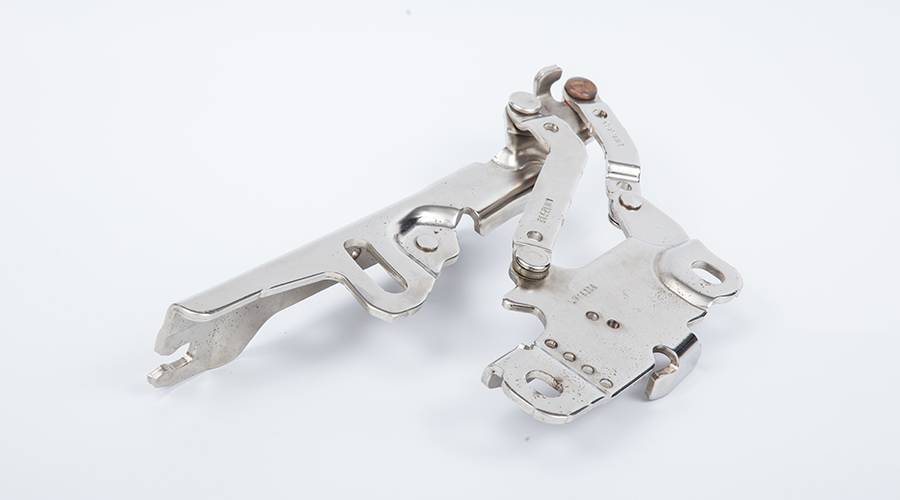
Conclusion
Precision stamping and fine blanking are valuable tools in a manufacturer’s arsenal, offering superior quality and accuracy compared to standard stamping techniques. By understanding the distinct characteristics and applications of each method, manufacturers can make informed decisions to achieve the desired results for their specific projects. Whether prioritizing cost-effective high-volume production or demanding exceptional edge quality and tight tolerances, both precision stamping and fine blanking have their place in the ever-evolving world of metal forming.

